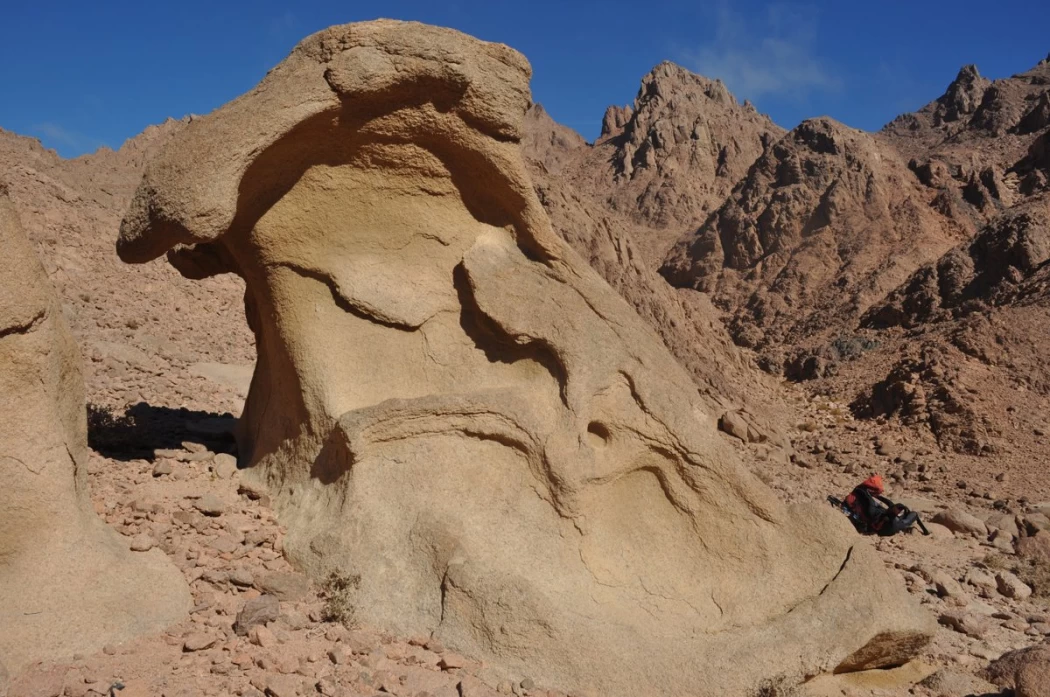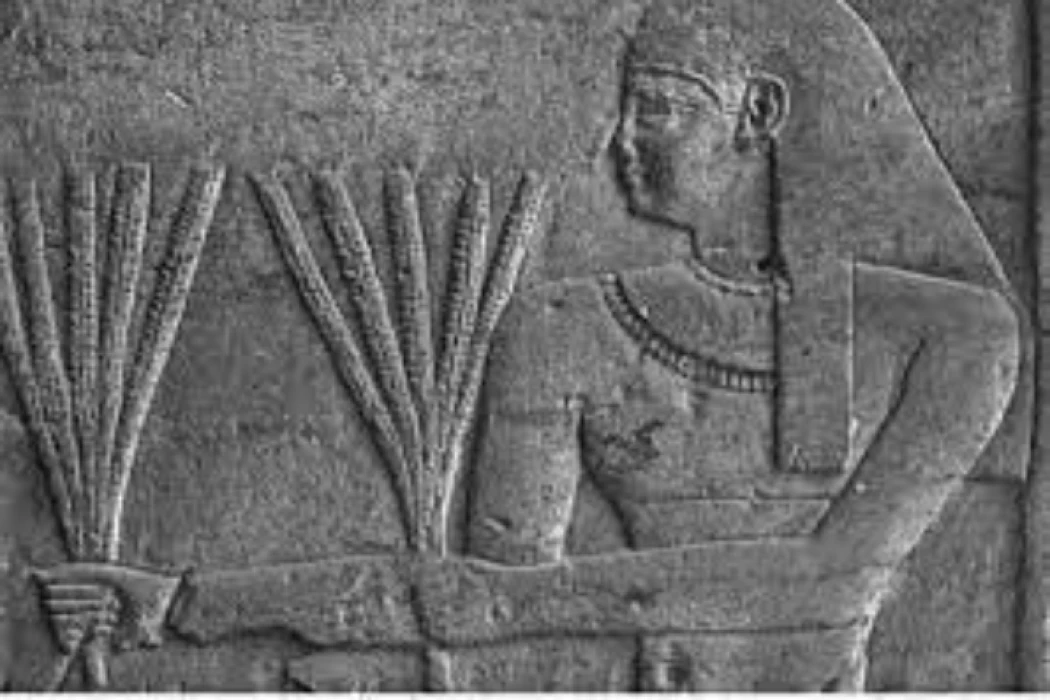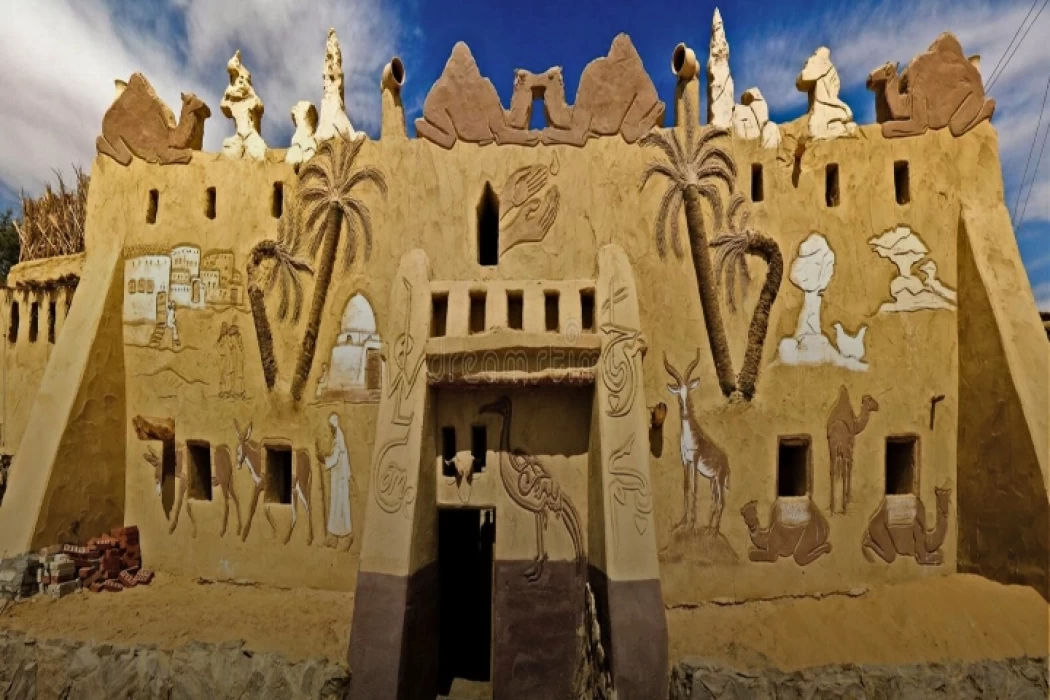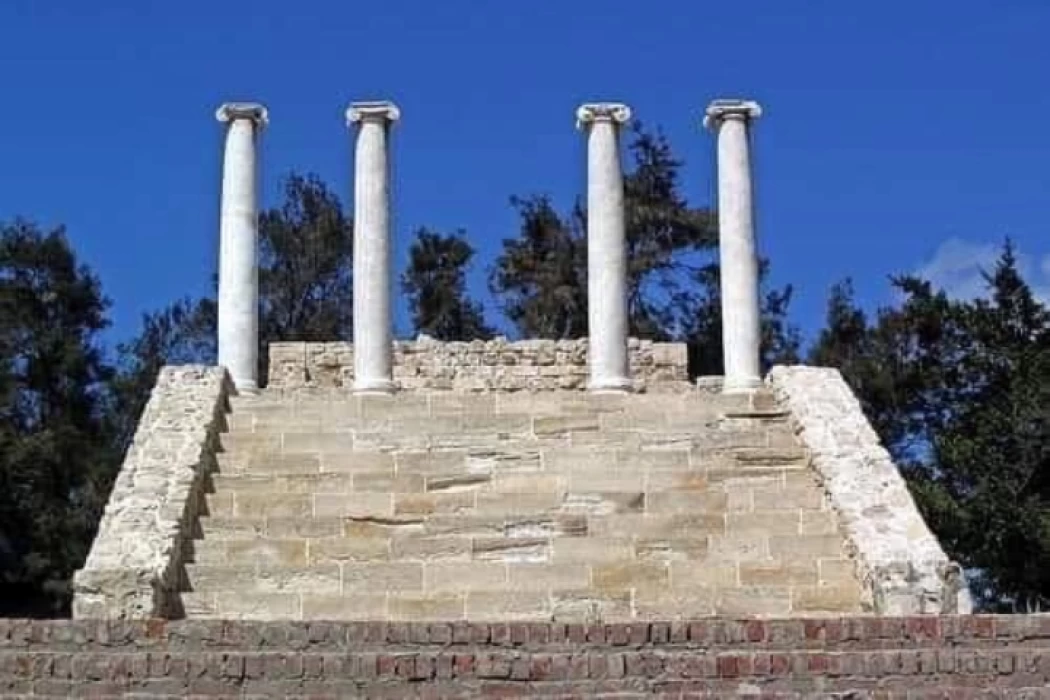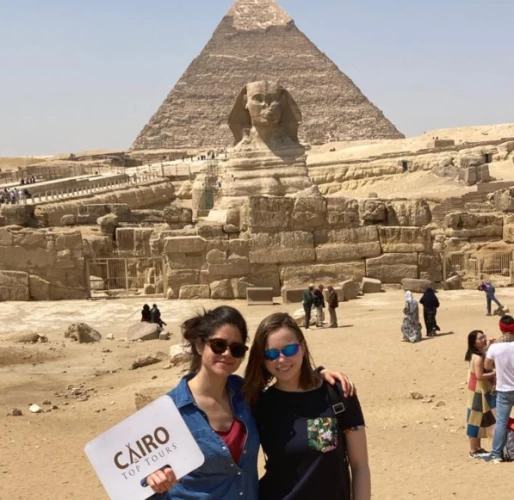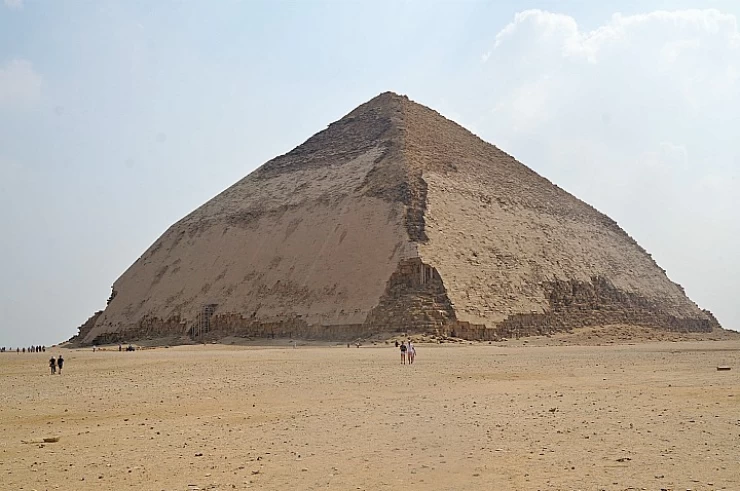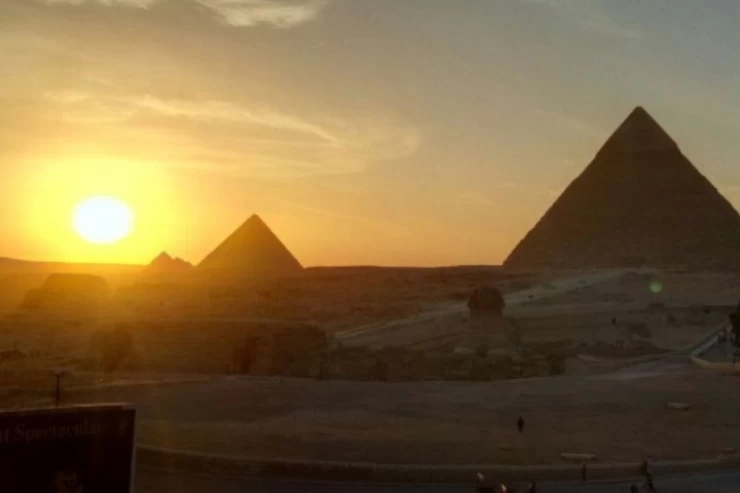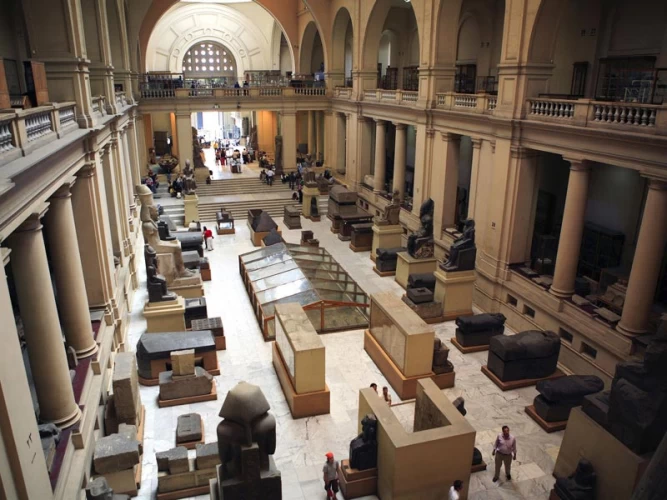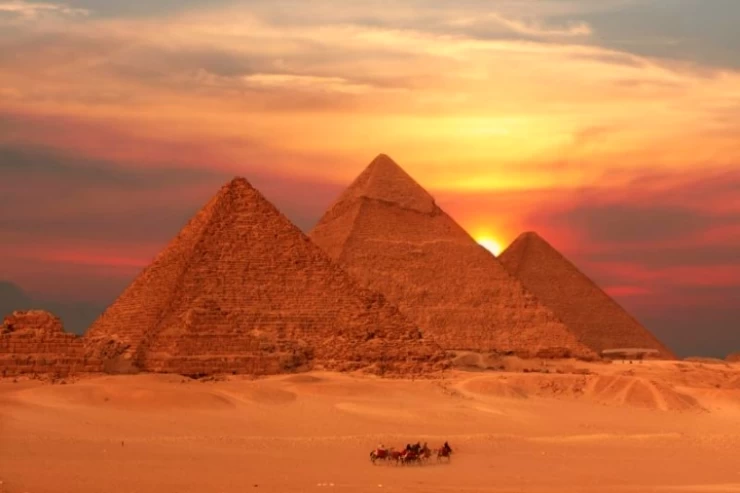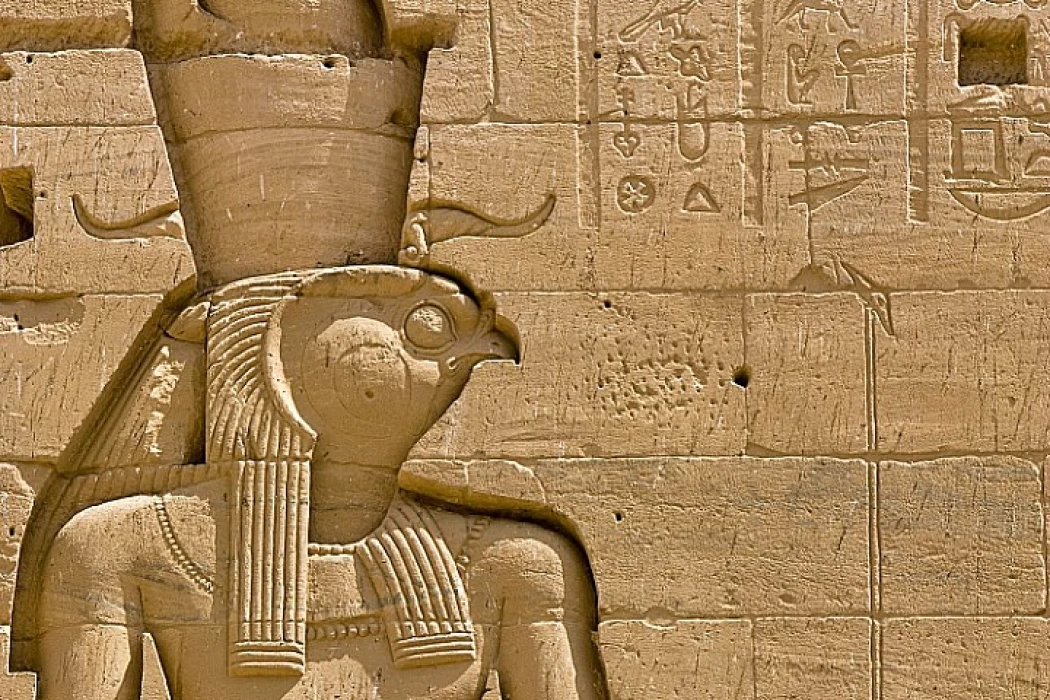
The God Of The Sun / Amun Ra
Amon, the God of the sun, wind, and fertility; is one of the main gods in ancient Egyptian mythology (the religion of the ancient Egyptians), and the hidden meaning of his name. It is difficult to know exactly how his name was pronounced because the ancient Egyptian hieroglyphs used consonants (silences), so his name was written "umN" and it is possible that he was pronounced "security" with the fraction tilted to the opening.
Theology,
The cult of Amun (and later AMNRa) and the religion associated with them is one of the most complex theologies of ancient Egypt. In his highest form, AmanRa was a hidden God, as his name means, but theologically not only God was hidden, but his name is also hidden and his form cannot be perceived. In other words, the mystery surrounding Amun was caused by his absolute perfection, and he was different from all the other Egyptian gods. His Holiness was such a place that he remained separated from the created universe. He was connected with the air; for this, he was a subtle force, facilitating his promotion as a higher God.
Amon was considered a creator for himself, (however, the older Theological School of Hermopolis (ashmunin\shmun\khmuno) considered him one of the gods in the ancestors, the thamon known by her name), he also could regenerate and recreate himself, represented by his ability to turn into a snake and shed his skin, however, he remained different from creation, separate and independent from it.
By uniting with RA, The Sun, Amon manifested himself to creation, and for this Amon Ra combined in himself the two divine extremes: as Amon he was subtle, mysterious, and detached from the world, and as RA he was manifest, visible and a giver of everyday life. By the same logic was his connection with Maat, the Egyptian concept of justice and balance in the universe.
The subtle nature of Amun facilitated his association with other gods. At a good height of Amun at the outset, the mountain grows, and her God old, and then comes to associate excelled, followed by the associate other gods., introduced the names of the securityRaAtom and securityRaMonte and securityRafree minisecurity. Here it should be noted that Amun was not merging with other gods to create a new God, but his combination was a unification of divine power.
At the height of the cult of Amun-Ra, the Egyptian religion came very close to being a monotheistic religion, in which other gods became the apogee of his ability or manifestations of it. In short, he became the only and supreme god.
His wife was sometimes called Amont, the feminine version of Amon, but more often she was known by the name MUT, she had a human head wearing the double crown of the tribal and sea faces, and their son was Khonsu, the moon. Together they formed a kind triad.
Some have argued that Amun was a relatively recent God in the ancient Egyptian religion, as his worship in Thebes - where his oldest temples are located - was documented only starting from the eleventh dynasty, but in fact, he was found mentioned in the Codex of the pyramids dating back to the era of King Anas, the last in the Fifth Dynasty, which shows him as a symbol of creative forces, consistent with his role in Thamon the goddess of Hermopolis, which gives his existence greater antiquity.
It is possible that the cult of Amun began in Hermopolis, or that at first, he was a local god Thebes when it was still an insignificant town.
When the eleventh dynasty appeared from the territory of the Hermonthis (Armenians), or perhaps from Thebes itself, they showered the Karnak Temple with statues and gifts. When the Theban kings of the seventeenth dynasty managed to expel the Hyksos, Lamon, the God of the royal capital, became highly regarded as the protector of Egypt.
And when the Kings of the Eighteenth Dynasty took up arms outside the Egyptian borders known until that time in successful military campaigns on Syria, Nubia and Libya, Amun became a national god of Egypt, known to the world, overshadowing the light of all other gods and establishing his status above the gods of foreign countries, so his worship spread in Nubia and Libya, where Egyptian culture was common. The Kings of Egypt attributed all their victories, achievements, and glories to Amun and showered wealth, gifts and spoils on his temples. It was at this time that Amun replaced the warrior god Montu as the presiding deity of the city of Thebes, becoming the king of the gods.
Amon became the God Of Thebes in the era of the Twenty-Fifth Dynasty, as the priests of Amon in the kingdom of Plana (Nabataea) and Meroe controlled all state affairs, choosing the king and directing his military campaigns, and sometimes even forcing him to commit suicide, as mentioned by Diodorus Siculus. This lasted until the third century BC when arkaman (Arkamane Ergamenes) massacred the priests.
Amun's rise to the status of a national and universal God coincided with the increasing importance of Thebes. This rise accelerated with the accession of Amn مح Mahat the first (sahtab father ra) to power in Thebes and the establishment of the Twelfth Dynasty, and reached its apogee in the era of the New Kingdom when it was celebrated on the feast of August. The name Aman was associated with the founder of this dynasty was erased by the name of the God Amon and was carried after him by three of his successors, and many kings of the Middle Kingdom later took the same name.
In the rites of the feast of Apte, the statue of Amun was carried on a boat from Karnak to Thebes (Luxor) to celebrate his marriage to MUT as Ka-MUT-F Lingpa Khonsu to complete the Theban Trinity, and in this role he represented the power of creation.
Amon enjoyed great popularity among the people as he was called The Advocate of the Poor, that he protected the weak from the strong, the protector of justice, and whoever asked for help from Amon had to prove his purity or be cleansed from his sins first.
The Association of Amun with the Egyptian monarchy meant that the King derived his strength from him as his son, as happened when Queen Hatshepsut (Maat-ka-RA) found in him her supporter, so she glorified him and herself by declaring that she was his daughter, and built her temple in Deir el-Bahri in his name. According to the official theology in the New Kingdom, Amun-Ra was the one who ruled Egypt through the king and showed his will through his priests, but with the increasing importance of God, the power of his priests increased and they imposed their control on the political arena, and it came to the fact that Egypt was ruled by a dynasty of priest-kings, the Twenty-First Dynasty.
Images of Amun in human form, wearing a crown from which two parallel, rectangular, and round-tipped figures emerge, probably representing two great Hawk tail feathers borrowed from the God min. There are two common styles of his depiction: in one he is depicted sitting on a throne, and in the other, he is depicted in an erect penis position holding a whip in his hand, just like the God Min was depicted. The latter depiction is likely his original form in which he was recognized as a god of fertility, in front of whom the King performs the symbolic ritual rites of tilling the land or harvesting the yield.
During the Eighteenth Dynasty, the Egyptian goose was considered sacred as the incarnation of Amun, but it was represented more as the abundant wool RAM with two hooked horns, which became known by his name Amun's horn and was represented in this image since the reign of Amenhotep III. (In turn, the ancient type of local Rams with sent hair and straight brominated horns was associated with the God Khnum). He also appeared in the image of a human with a frog's head, representing his role in the ancestor.
Sometimes the name of the sun god Ra was paired with the name of Amon to become Amon-ر Ra, especially when he was referred to as the "king of the gods" starting from the Eighteenth Dynasty, where the rule of the heavens in the religion of the ancient Egyptians was to the god Ra. When Amenemhat I moved the capital to etjtawe (at the tip of the Delta; it has not yet been discovered and could be Lisht), the importance of this combination increased politically and theologically, which was logical for a superior god-like Amun, who was also called the "king of the crowns of the two lands".
In Greek times, Amon-ر Ra was sometimes depicted with the head of a bearded man, the body of a scarab, the wings of a Falcon, human feet, and the claws of a lion, to endow him with many different qualities.
Starting from the reign of Thutmose IV of the Eighteenth Dynasty and at the time when the cult of Amun reached its apogee, the veneration of an abstract image of the sun, represented by Aten, began to appear. Even the most ardent founder of the family found an inscription praising him that "he groans when he shines". The cult of Aten reached its apogee when King Amenhotep IV, who became the unifying King Akhenaten, forbade the cult of Amun. Akhenaten failed to impose the worship of the god Aten on the people and also failed to eliminate the power of the powerful priests of Amun, so the ancient religion returned to what it was after his death and destroyed the monuments and temples of Aten and abandoned his capital sister ات Aten (Amarna) to Thebes again at the hands of his successor Tut عن-Ankh أمن-Aman, whose name before he took over the rule Tutankhamun and others then under the pressure of the priests of Amun to Tutankhamun. In the period after the return of the cult of Amun, hymns and prayers written for Amun-ر RA are almost monotheistic in their wording and meaning.
After the demise of the Twentieth Dynasty the center of gravity shifted away from Thebes and Amun's Authority began to wane. The priest-kings of the Twenty-First Dynasty tried to preserve the prestige of Amun as much as they could, and although the capital of the Twenty-second Dynasty was in the north, the priests of Amun continued to play an important role in the ancient capital Thebes, which had become the largest concentration of temples in the world by that time.
As the rule continued to weaken, the division between the tribal and maritime sides increased, and from that time on, it was the veneration of the Nubian kings of Amun, whose worship prevailed in their land for a long time, that preserved Latifa's status, so they made it the capital of their king, although their wealth and cultural influence were not sufficiently influential.
Amun was the God Of Thebes even at the time of its decline, in addition, he was the most important deity of several Delta regions and numerous small temples from the town of Heba in central Egypt to Canopus on the Mediterranean Sea (near Abi Qir); he also represented to some extent the local nationalist aspirations of Upper Egypt in the face of Middle Egypt and the Delta.
Divination of Siwa,
A famous divination was established for several centuries in the temple of Amun in the Siwa oasis in the Egyptian desert, which had great independence from the Kings of the Nile Valley, and became famous when it disappeared without a trace of the Persian campaign directed by Cambyses to destroy the temple.
The divination of Amun was so famous among the Greeks that Alexander the Great went to her after the Battle of Issus to get her blessing and to be crowned pharaoh over Egypt and to be called the son of Amun, as the Kings of the Eighteenth Dynasty were considered the Sons of Amun, who fertilized the Queen Mother, and sometimes they wore ram horns, and so Alexander depicted their wearers on the struck coins.
His relationship with other gods,
The Carthaginians and Phoenicians combined Baal and Amun and made them one god, Baal-Amun, who is the God of weather, fertility, and sowing, and he is depicted as an old man with hooked ram horns. And they were taking it big to the gods. The Greeks also associated Amon with Zeus in the image of Zeus-Amon, they also associated MUT with Hera. Khnum was also associated with Zeus, perhaps because of his resemblance to Amun, and since his characteristic type of RAM became extinct early, Khnum also became associated with Amun's Ram.
Latest Articles
Admin
Regin of Abbas I of Egypt | Abbas Pasha I
Abbas has been often described as a mere voluptuary, but Nubar Pasha spoke of him as a true gentleman of the "old school". He was seen as reactionary, morose and taciturn, and spent nearly all his time in his palace. He undid, as far as lay in his power, the works of his grandfather, both good and bad.
Admin
Biography of Tewfik Pasha/ Tawfiq of Egypt
Muḥammad Tawfīq Pasha (born April 30, 1852, Cairo, Egypt—died Jan. 7, 1892, Ḥulwān) was the khedive of Egypt (1879–92) during the first phase of the British occupation. The eldest son of Khedive Ismāʿīl, Tawfīq, was distinguished from other members of his family by having engaged in study in Egypt rather than in Europe
Admin
Story of Gabal Shayeb Al Banat - Red Sea Mountain
Jabal shayb al-banat is one of the Red Sea Mountains in the eastern desert in Egypt, located to the west of the city of Hurghada at a latitude of 27 degrees north and a longitude of 33.5 degrees east of the Greenwich line approximately, this mountain is the highest mountain peak in the eastern desert with a height of up to 2185 meters, it is a prominent mass of igneous rocks
Admin
Neper God Of Grain
Neper was the deity of grains, particularly cereals that were important in Ancient Egypt, such as wheat and barley. It was stated that he foretold when the crops would grow, be harvested, and disappear.
Admin
Badr Museum in Farafra
The Badr Museum is located in a mud building, which is the common home found in this medieval part of Egypt. All of the artwork that was created by the artist is quite unique. His work almost always depicts life in the Farafra Oasis and he provides the work through both painting and sculpting.
Admin
The Black Head Temple
The Black Head Temple is a small temple dedicated to the worship of the goddess Isis and was discovered in 1936, by chance, in the Black Head area, which is now located within the Mandara area of the Montazah district in Alexandria. This temple was moved from its original place to the Latin Necropolis in 1994.
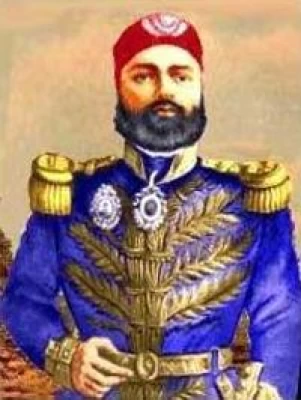
-webp.webp)
